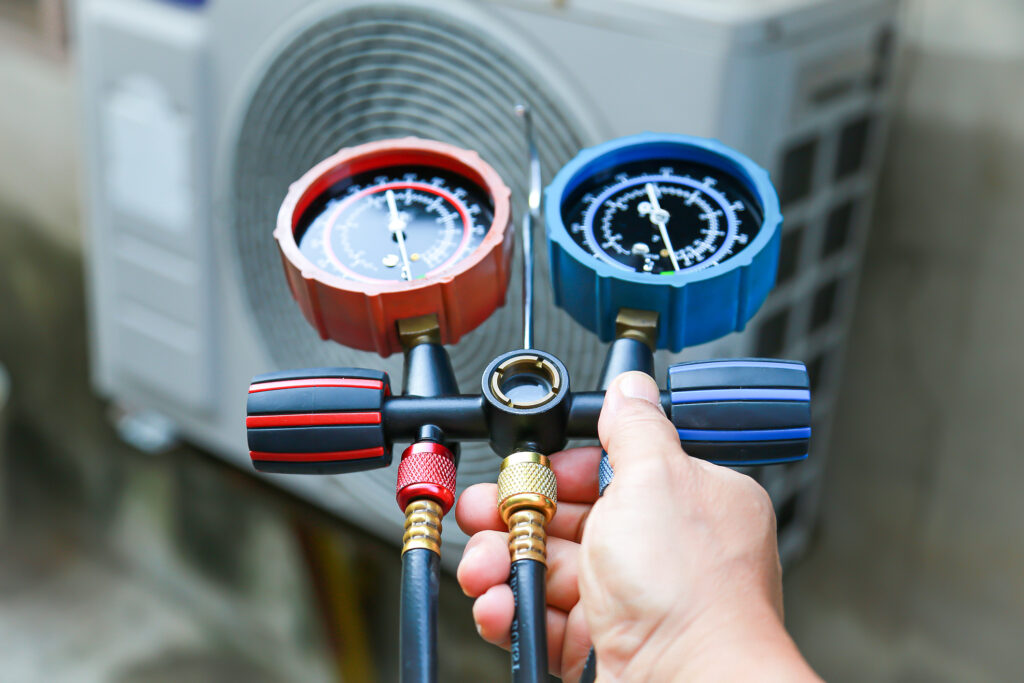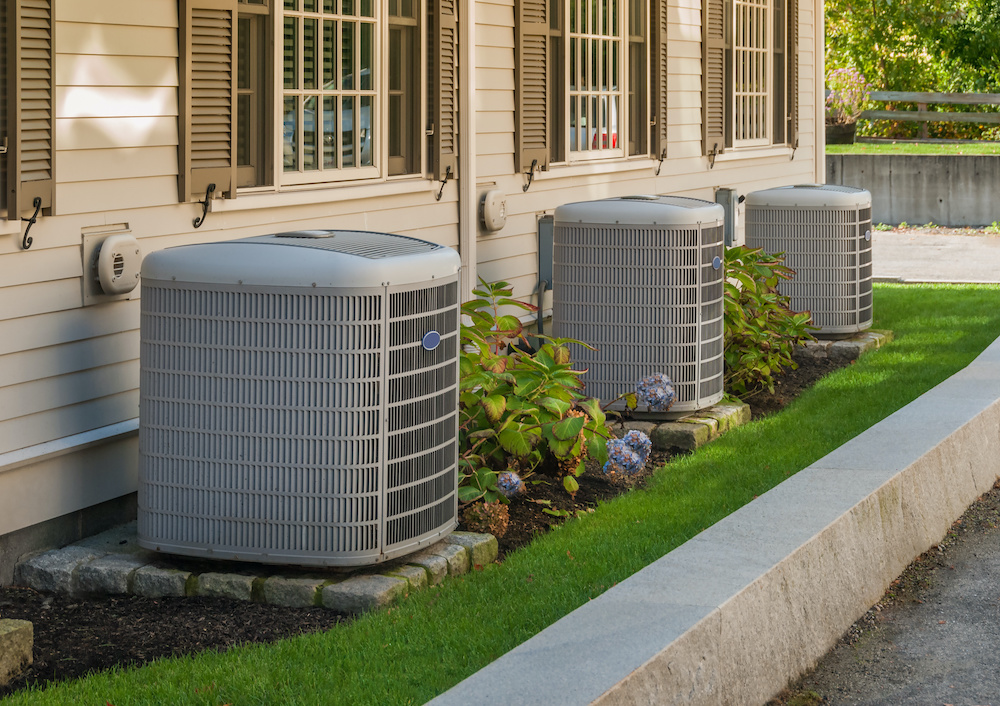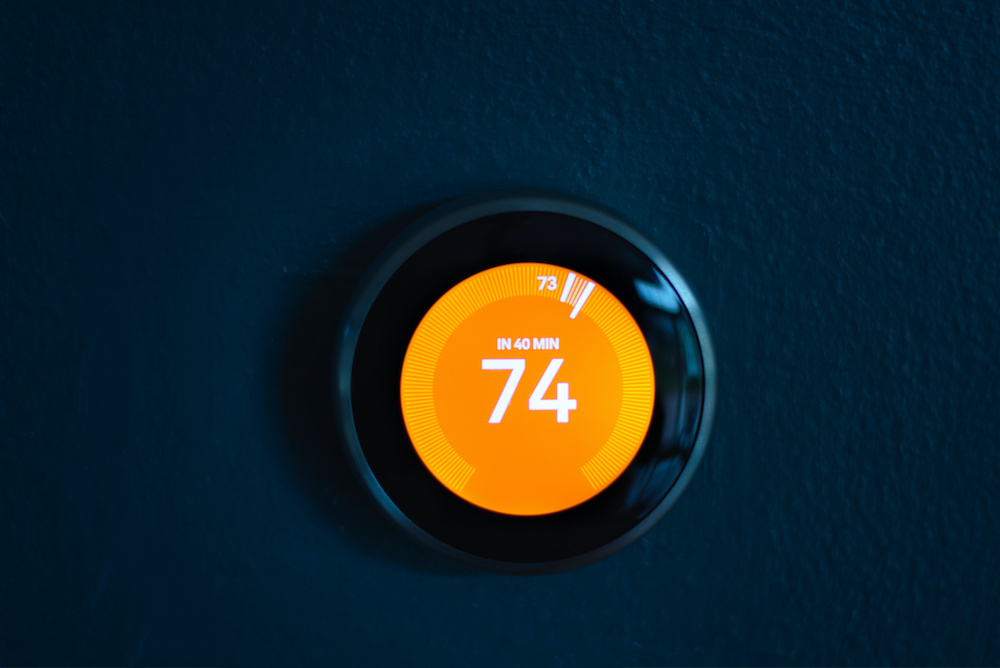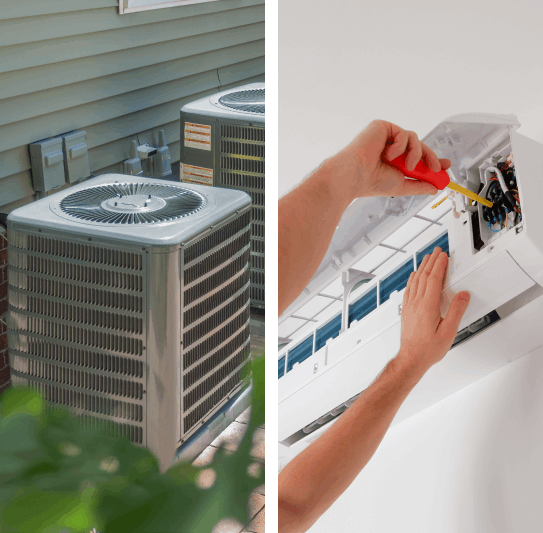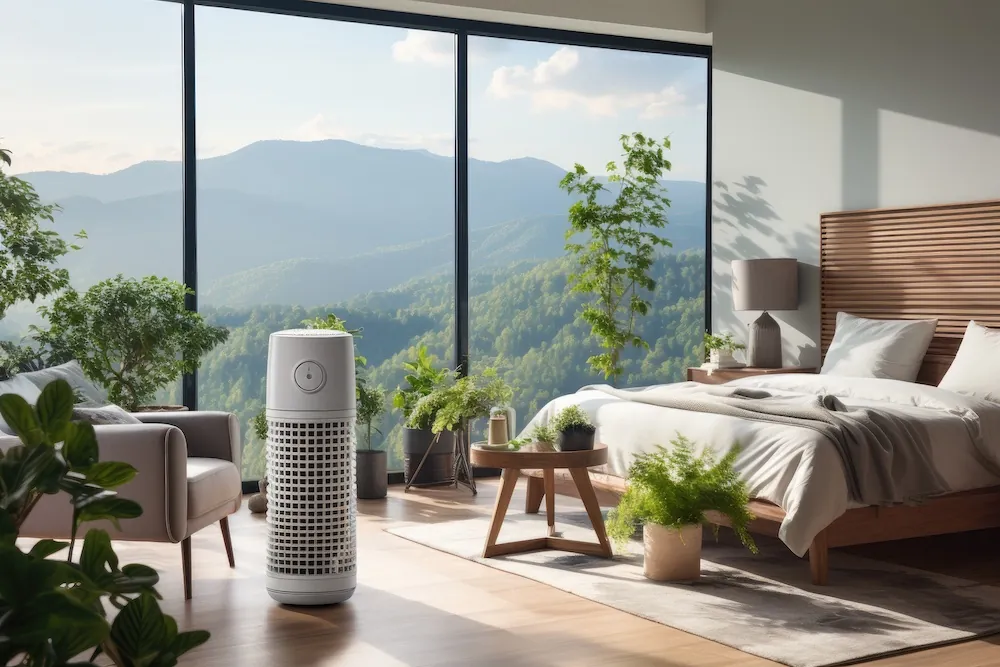
Indoor air quality is a vital factor in keeping your living space comfortable and healthy. Unfortunately, indoor air pollutants are rampant, and they originate from various places, including everyday household activities and external elements. These pollutants can significantly diminish your air quality and pose a threat to your overall well-being.
As your trusted HVAC experts, we understand the importance of having clean air within the spaces you spend the most time in each day. In this blog post, we will shed light on the most common indoor air pollutants, where they come from, and how to reduce them in your home or office. We will also provide valuable insights on how to achieve and maintain optimal indoor air quality.
6 MOST COMMON INDOOR AIR POLLUTANTS
There are many different types of air pollutants that can contaminate your home, but we are going to focus on some of the most prevalent ones.
- Allergens
Allergens are one of the most common air pollutants in households. These include substances like dust, pollen, pet dander, and cockroach droppings. These are also known as particulate matter because they are tiny particles that can circulate in the air and be inhaled.
These substances can trigger allergic reactions, such as itchy eyes, runny nose, sneezing, coughing, sore throat, and more. Certain times of the year may bring more abundant allergens than others, such as tree pollen in the spring.
You can reduce allergens in your home by cleaning frequently. Dust tends to accumulate in carpets and on furniture, so dust and vacuum often. Try taking your shoes off at the door so you don’t track pollutants inside. Give your pets more frequent baths, and wash their bedding often. Change the air filters in your home consistently, especially when pollen is abundant.
- Biological Contaminants
Another type of indoor air pollutant is biological contaminants, such as bacteria, viruses, mold, and mildew. These are microorganisms that exist everywhere, and not all are harmful. However, certain types of contaminants can cause disease or infections. Mold can also cause allergic reactions and lead to respiratory issues.
The best way to reduce biological contaminants is to frequently wash your hands and disinfect surfaces in your home. You may also consider using an air purifier, which can further reduce these pollutants. Keep areas prone to moisture well-ventilated to avoid mold and mildew growth.
- VOCs
Volatile organic compounds, or VOCs, are vapors from various household products that have the potential to cause health problems.
VOCs can come from a wide variety of places, such as cleaning supplies, beauty products, personal hygiene products, furniture, pesticides, air fresheners, and even construction materials. For example, formaldehyde is a chemical that is found in some building materials, like wood, flooring, fabric, and paint.
Some ways to reduce VOCs are to use less aerosol products, use low-VOC paint, increase ventilation in your home, and change your air filters consistently.
- Radon
Radon is a colorless, odorless gas that comes out of the ground and can enter your home through cracks and gaps. Exposure to high levels of radon can lead to health problems, including lung cancer.
If you have excessive radon in your home, you can hire a professional to install a radon-reduction system. You can also reduce radon by keeping your space well-ventilated and sealing any cracks in walls, doors, and floors.
- Smoke
Another common indoor air pollutant is smoke. Smoke can come from tobacco smoke, e-cigarettes, fireplaces, cooktops, stoves, exhaust, and outdoor fires in the area. Secondhand smoke contains a number of harmful chemicals that should not be inhaled.
Smoke residue, or thirdhand smoke, can linger indoors for months. You can reduce smoke pollution in your home by cleaning frequently and keeping it well-ventilated. It is best to never smoke cigarettes indoors.
- Carbon Monoxide
The last common indoor air pollutant we will discuss is carbon monoxide. This is a colorless, odorless gas that has toxic fumes. It can come from any gas-powered appliances or equipment.
Since it is difficult to detect with the senses, a buildup of carbon monoxide may go unnoticed and can be deadly. However, proper indoor ventilation can reduce this risk. You should also make sure you have an operable carbon monoxide detector in your home, and remember to change the batteries consistently.
HOW TO IMPROVE INDOOR AIR QUALITY
As you can see, indoor air pollutants come from many different sources, and they can contribute to poor indoor air quality and pose a risk to your health. However, there are ways to improve your indoor air and reduce the pollutants in your home. Let’s summarize some of the tips we discussed.
- Allow for proper ventilation in your home by running fans and letting in fresh air occasionally.
- Change your air filters on a consistent basis, and keep your HVAC system well-maintained so that it can circulate the air and reduce humidity effectively.
- Clean and disinfect your home frequently to keep allergens, biological contaminants, and smoke residue under control.
- Consider investing in an air purifier to further reduce pollutants and a dehumidifier to prevent excess moisture in your home.
IF YOU LIVE IN THE CALIFORNIA TRI-VALLEY, MODESTO CENTRAL VALLEY, OR SURROUNDING AREAS AND YOU ARE INTERESTED IN HAVING YOUR INDOOR AIR QUALITY ASSESSED BY A PROFESSIONAL, CALL EAGLE AIR CONDITIONING. WE CAN DETECT AND MEASURE THE AIR POLLUTANTS IN YOUR HOME AND RECOMMEND THE RIGHT PRODUCTS AND SERVICES FOR YOUR NEEDS.
We believe the air you breathe every day is of utmost importance, and we are committed to the comfort and health of your home. Contact us today to learn more!
925-443-2665

